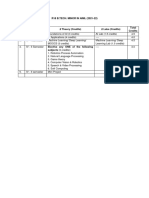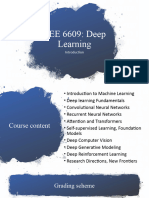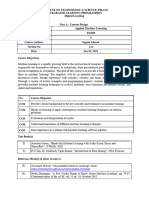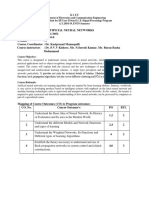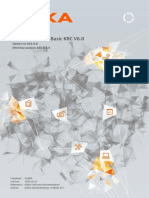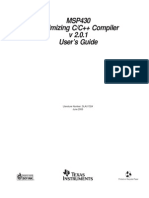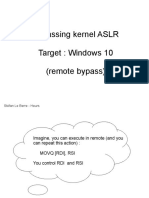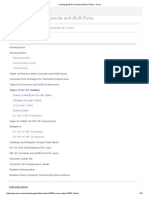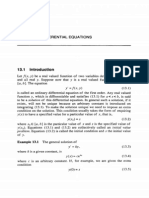0% found this document useful (0 votes)
5 views5 pagesMachine Learning
The document outlines the course 'Machine Learning for Electronics Engineers' at Birla Institute of Technology & Science, Pilani, detailing its content, objectives, and learning outcomes. It covers various machine learning paradigms, deep learning architectures, and their applications in electronic systems, along with an evaluation scheme for assessments. The course also includes a comprehensive list of textbooks and reference materials to support the learning process.
Uploaded by
NiharikaCopyright
© © All Rights Reserved
We take content rights seriously. If you suspect this is your content, claim it here.
Available Formats
Download as DOCX, PDF, TXT or read online on Scribd
0% found this document useful (0 votes)
5 views5 pagesMachine Learning
The document outlines the course 'Machine Learning for Electronics Engineers' at Birla Institute of Technology & Science, Pilani, detailing its content, objectives, and learning outcomes. It covers various machine learning paradigms, deep learning architectures, and their applications in electronic systems, along with an evaluation scheme for assessments. The course also includes a comprehensive list of textbooks and reference materials to support the learning process.
Uploaded by
NiharikaCopyright
© © All Rights Reserved
We take content rights seriously. If you suspect this is your content, claim it here.
Available Formats
Download as DOCX, PDF, TXT or read online on Scribd
/ 5







